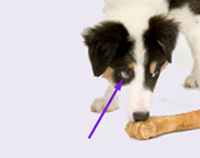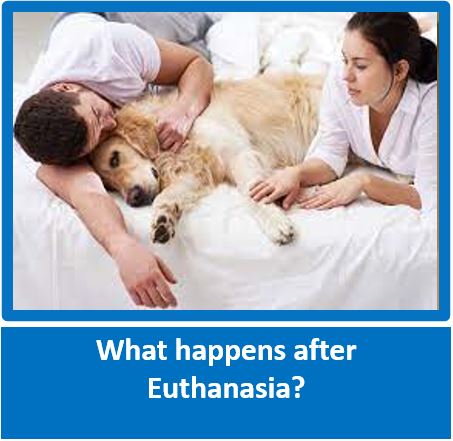|
Why do dogs bite?
There are several possible reasons why a dog may bite a child:
There are several possible reasons why a dog may bite a child:
- The dog is protecting a possession, food or water dish or puppies.
- The dog is protecting a resting place.
- The dog is protecting its owner or the owner's property.
- The the child has done something to provoke or frighten the dog (e.g., hugging the dog, moving into the dog's space, leaning or stepping over the dog, trying to take something from the dog).
- The dog is old and grumpy and having a bad day and has no patience for the actions of a child.
- The dog is injured or sick.
- The child has hurt or startled it by stepping on it, poking it or pulling its fur, tail or ears
- The dog has not learned bite inhibition and bites hard by accident when the child offers food or a toy to the dog.
- The child and dog are engaging in rough play and the dog gets overly excited.
- The dog views the child as a prey item because the child is running and/or screaming near the dog or riding a bicycle or otherwise moving past the dog.
- The dog is of a herding breed and nips while trying to "herd" the children.
How do they warn us?

There are always warning signs before a bite occurs, but these can be very subtle and may be missed by many people. A dog may appear to tolerate being repeatedly mauled by a child and one day bites, surprising everyone. Sometimes the warning have gone on for months or even years before the dog finally loses its tolerance and bites. Signs that you should take very seriously that indicate that the dog is saying "I have been very patient with this child, but I am nearing the end of my patience", include:
You may think that your dog loves to have the children climbing all over him and hugging him, but if you see any of these signs, then you are being warned that a bite could occur if the dog feels he has no other way of defending himself. Do your dog and your child a favour and intervene if you notice any of these signs.
- The dog gets up and moves away from the child.
- The dog turns his head away from the child.
- The dog looks at you with a pleading expression.
- You can see the "whites" of the dogs eyes, in a half moon shape (see photo at right).
- The dog yawns while the child approaches or is interacting with him.
- The dog licks his chops while the child approaches or is interacting with him.
- The dog suddenly starts scratching, biting or licking himself.
- The dog does a big "wet dog shake" after the child stops touching him.
You may think that your dog loves to have the children climbing all over him and hugging him, but if you see any of these signs, then you are being warned that a bite could occur if the dog feels he has no other way of defending himself. Do your dog and your child a favour and intervene if you notice any of these signs.






